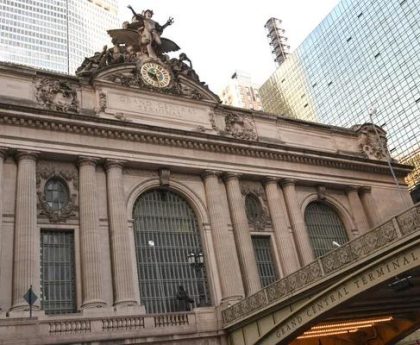Moving further south towards Mindanao island, we encounter another mysterious ruin known as Raja Lapu-Lapu Shrine on Mactan Island. This shrine commemorates Datu Lapu-Lapu’s victory against Portuguese explorer Ferdinand Magellan during their historic battle on April 27th, 1521 – an event that marked resistance against foreign invaders and shaped Philippine history forever. Intriguingly enough, there are also underwater archaeological sites waiting to be explored off Palawan’s coastlines. Shipwrecks dating back several centuries have been discovered here – remnants of trade routes between China and Southeast Asia during ancient times. These sunken treasures provide valuable insights into maritime commerce and cultural exchange during those periods.
While some mysteries lie within physical structures or artifacts themselves, others revolve around ancient practices and beliefs. Echoes of Antiquity The Resplendent Ruins in Philippines The Philippines, a country known for its stunning beaches and vibrant culture, is also home to some resplendent ruins that echo the antiquity of its rich history. These ancient structures stand as testaments to the grandeur and sophistication of past civilizations that once thrived on these islands. One such remarkable ruin is the Banaue Rice Terraces, often referred to as the Eighth Wonder of the World. Carved into the mountainsides by Ifugao tribespeople over 2,000 years ago, these terraces are a marvel of engineering and agricultural ingenuity.
Stretching across more than 10,000 square kilometers, they showcase an intricate irrigation system that allowed rice cultivation in this mountainous region. Another awe-inspiring ruin can be found in Cebu City – Magellan’s Cross. Planted by Portuguese explorer Ferdinand Magellan upon his arrival in 1521, it symbolizes the introduction of Christianity to the the ruins archipelago. Encased within a small chapel made from coral stones and adorned with religious icons, this cross serves as a reminder of both colonialism and faith. In Intramuros – Manila’s historic walled city – lies Fort Santiago. Built during Spanish colonization in the late 16th century, it served as a defense fortress against foreign invaders.





